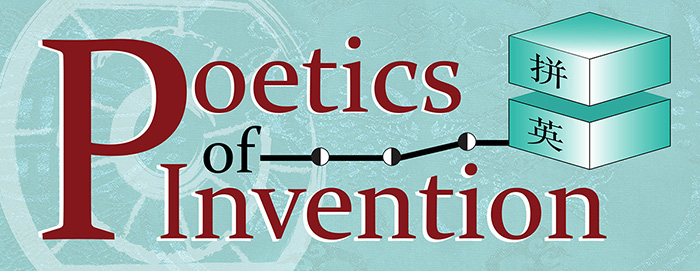The Tale of Pinying
1988
Jonathan Stalling begins studying Chinese and Chinese poetry at 13 years old.
1996
Stalling creates and begins to teach his monosyllabic system for writing English jueju at UC Berkeley.
2000
At the University of Edinburgh, Stalling completes his master's thesis on transliteration.
2002
Stalling publishes his first Sinophonic English poetry (English words written in Chinese characters), which will culminate eight years later in his opera Yíngēlìshī.
2011
By reimagining English as it would have existed within linguistic and cultural paradigms of the Song Dynasty, Stalling begins the process of creating the English rime tables.
2013
Through testing, the rime tables are discovered to correct difficult problems that are not addressed by existing methods.
2014
The Pinying transliteration method is disclosed to OU's Office of Technology Development, and the patent process begins. The invention continues to be tested and refined.
2015
A minimal viable product with the help of coder-programmer Phil Dow and student interns, who conduct early market research.
Stalling participates in the Proof of Concept Center, a twelve week business incubator in Oklahoma City. Stalling invents an interlocking cube system for teaching Pinying and files for a second patent.
2016
With the help of commercialization-focused student interns, the Pinying app is improved and launched in the App Store.
2017
"Poetics of Invention" exhibit to explore the relationship between the cultural, technical, and entrepreneurial aspects of invention.



